Composer
Sergei Prokofiev

NSO MUSIC FOR YOUNG AUDIENCES
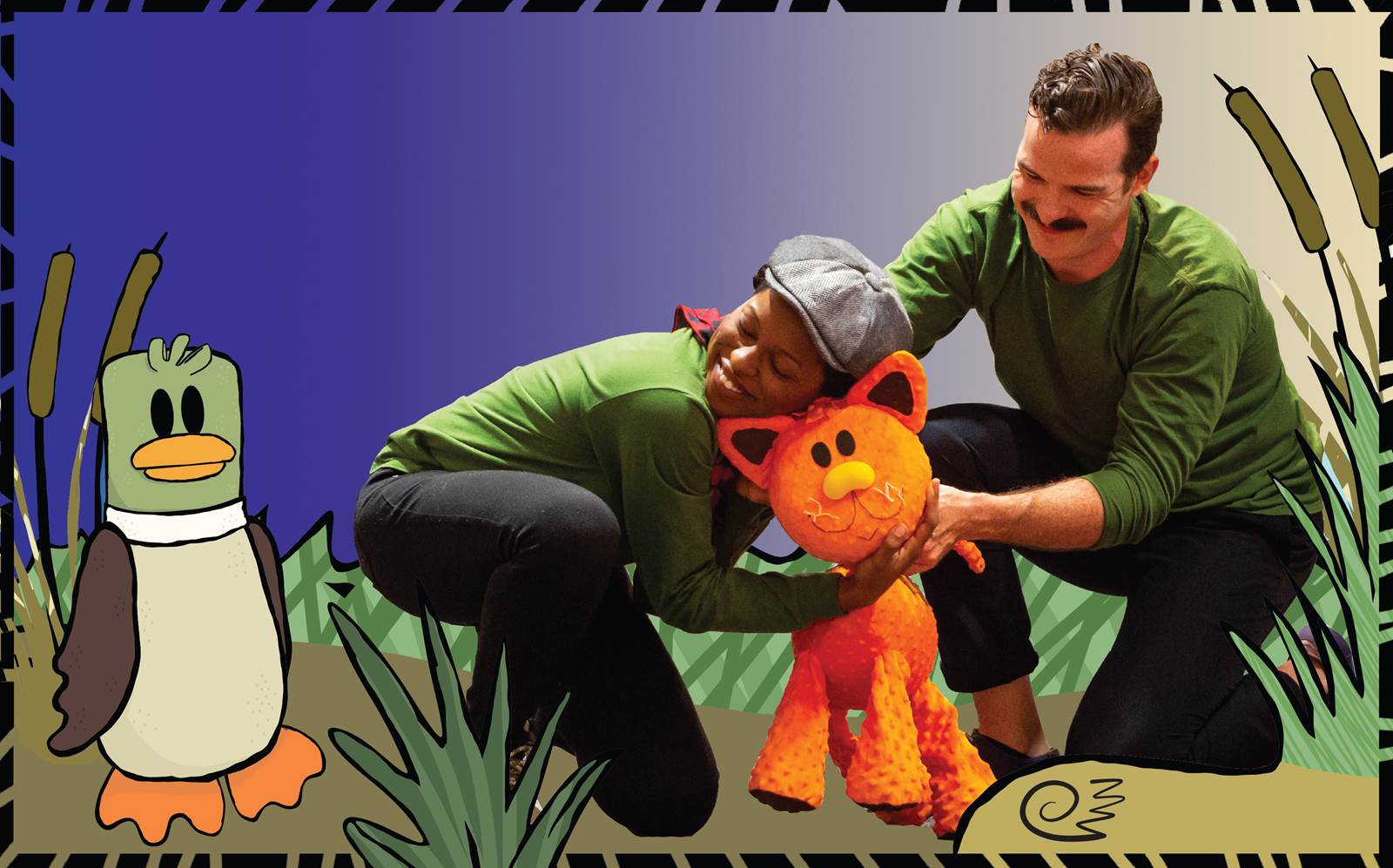
Help Peter catch a silly wolf and save the day! Inspired by Sergei Prokofiev’s Peter and the Wolf, this immersive show will have audience members playing like cats, flying like birds, and engaging with live music all along the way. The wild adventure features storytellers, puppets, and a quintet of woodwind and brass musicians from the National Symphony Orchestra, presented in collaboration with Teller Productions of Atlanta, GA.
Recommended for all ages.
Video performance is approximately 25 minutes.
![]()
![]()
![]()
![]()
Click to Register for the Virtual Performance
Note: You must register to be able to watch the video performance.
This Virtual Performance is available for school audiences to stream here for free from February 1, 2024 – June 28, 2024, and requires pre-registration.
Educators: Enter your order number below to access the video.
If you do not have an order number, please register for access.
(Social and Emotional Learning):
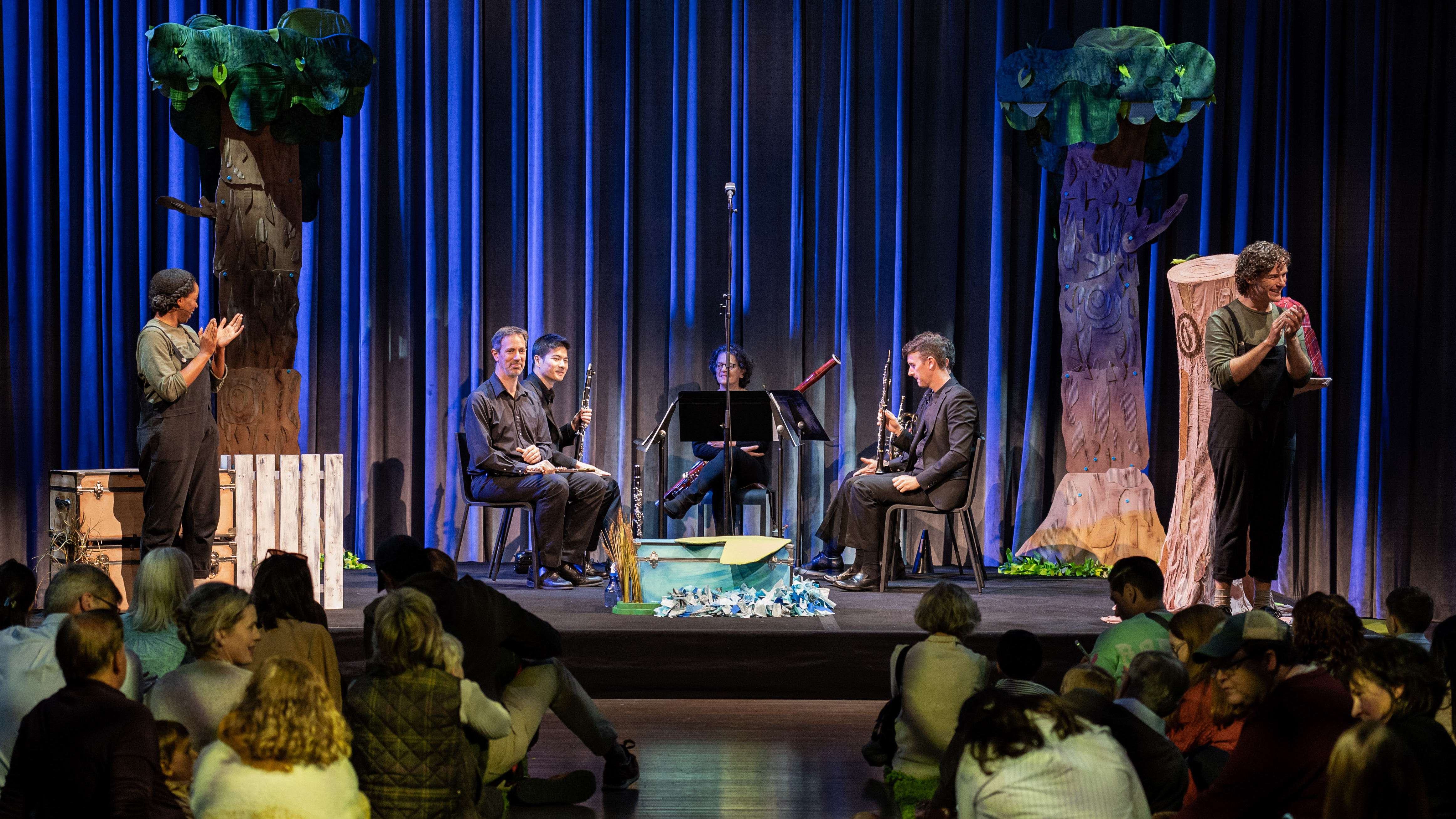
Photo: Two performers encourage the audience to clap for the National Symphony Orchestra musicians. Photo by Derek Baker.
Performance
Performers
Sound
Visuals
Lighting
Audience Participation
What You’ll Need
Resources
Before you watch the performance, check out this list of the characters in the show and the instruments that represent them.
After you’ve watched the performance, consider this:
Illustrations of the puppet characters are by Scottie Rowell.



What Do You See (and Hear)?
The different sizes and shapes of musical instruments impact how they are played and what they sound like. Use our Instrument Spotter’s Guide as a reference for how each animal Peter interacts with is meant to sound like a specific instrument.
Orchestra 101
The Guide to the Orchestra is a kid-friendly and handy reference that gives a deeper dive on everything to know about orchestras, their music, and their instruments.
If You Liked This Piece, Then Try...
Curious about classical music? Chances are that you’ve heard more classical music than you may realize! Check out Kids’ Classical Countdown, our top 10 list of musical hits to listen and learn about familiar pieces, and what we recommend if a piece moves you.
People and Puppets
Peter’s story is told by people and puppets, which are made of fur, fabric, and foam. Puppets appear as if they’re moving on their own, but they’re actually operated by performers called puppeteers. You’ve probably seen puppets before on TV or in movies, but you may not have met one in person yet. Now’s your chance. Here are some things to remember while you watch the show:
Visit two of our video activities—Put Some Arms on It! with Sam Jay Gold and Make Your Own Puppet Family with Ayrin Gharibpour—as examples for guidance in your own puppet making!
After you’ve made your puppet, consider the following prompts:
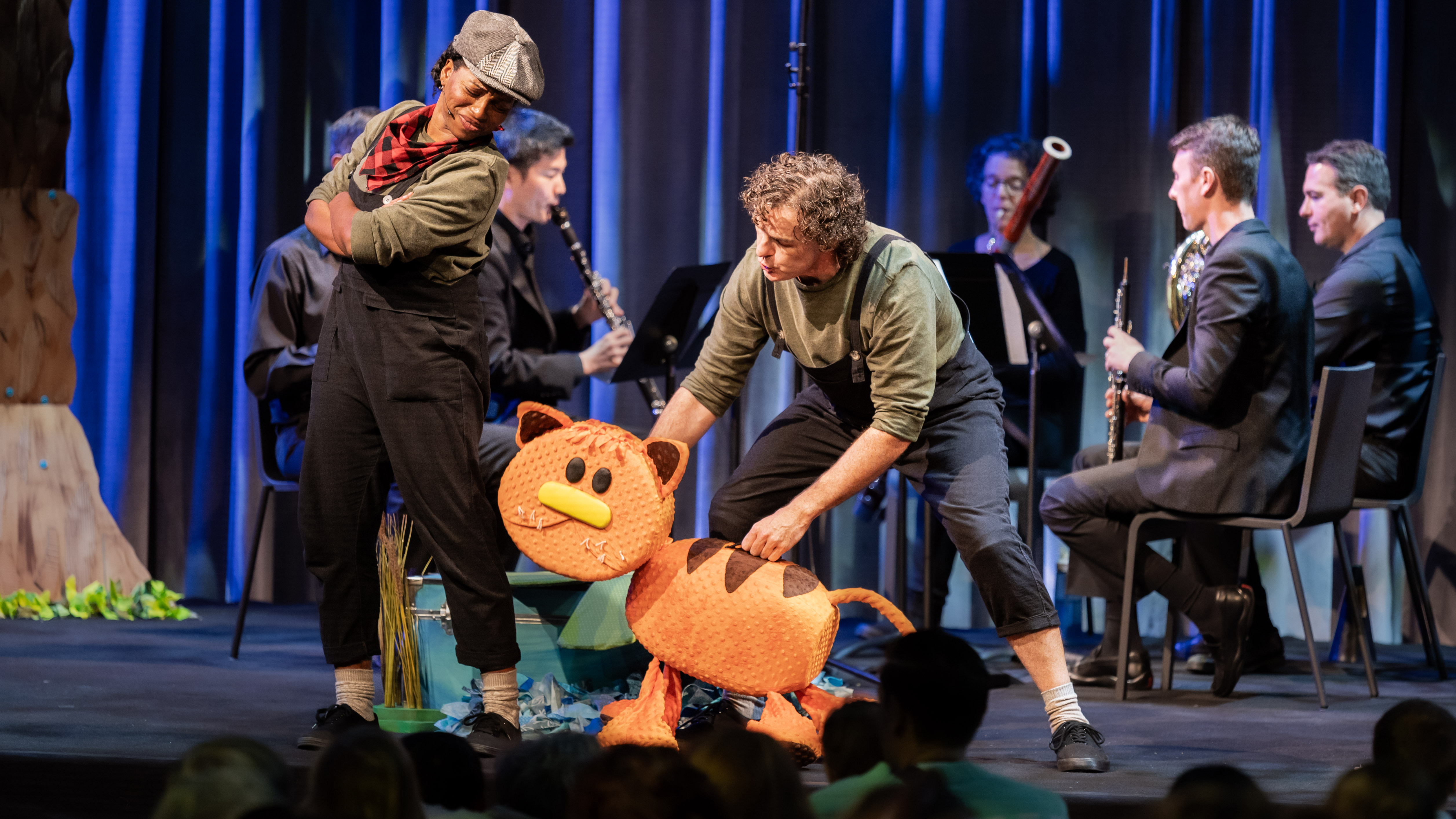
Photo: Peter and Cat have a conversation with the help of a puppeteer as NSO musicians perform. Photo by Derek Baker.
Support of NSO Music for Young Audiences is presented by:
The Morris and Gwendolyn Cafritz Foundation and The Bender Foundation
Writers: Marcia Friedman, Emily Heckel, Ellie Pline
Editors: Tiffany A. Bryant, Emily Heckel, Scottie Rowell
Producer: Tiffany A. Bryant
Accessibility Consultant: Office of Accessibility
We’re thrilled that you’ve joined us for a performance this season! We would like to hear from your students and you about the experience. After the performance, follow these steps to share feedback:
Each survey will take approximately 5 minutes to complete. The results will be used to inform future Kennedy Center Education program planning. Thank you in advance for sharing your valuable perspective!
Composer
Sergei Prokofiev
You might see some of these instruments when you come to the Kennedy Center, watch a performance by your school band, or at any other concert you attend! Click the slides to learn more about some of the most frequently spotted instruments in each family.
Looking to bolster your knowledge of classical music or simply trying to broaden your knowledge of music in general? Whatever your reason, here’s a different kind of musical hit list—our choices for the top 10 works in Western classical music for kids and their parents.
In this K-2 lesson, students will create a story page about animal habitats using a non-traditional book illustration method. They will be introduced to animal habitats through story, song, and dramatic play using children’s picture books.
Dynamics—whether a sound is loud or soft—are oftentimes used by musicians to communicate feelings within music. Join violinist and music teaching artist Zeynep Alpan as she explores dynamics, turning your household objects into musical instruments!Â
You can make a puppet from a common material found in your home. Find inspiration from Iranian teaching artist and puppeteer Ayrin Gharibpour, who created finger puppets to represent members of her family. The main material? A toilet paper roll! Follow along and create puppets that remind you of someone you love or invent a whole world of characters!
Anything can be a puppet—and teaching artist Sam Jay Gold is here to show you how! Journey with Sam as he demonstrates how to create a rod puppet from any object in your home—all you need to do is “Put some arms on it!” Sam also demonstrates professional puppeteering techniques that transform simple movements into lively gestures and actions!
From traditional shadow puppets and lion dance celebrations from China, to bringing the beloved characters of children's book authors Leo Lionni and Mo Willems to the stage, to very different interpretations of the legend of The Lion King from both Disney and Sogolon Puppet Theatre from Mali, discover the vast world of puppetry, including activities on how you can make your own puppets at home.Â
Meet great composers, explore the vast musical world of the orchestra, study the science behind the instruments, and discover how classical music is anything but boring.
Professional development for educators. Summer intensives for young artists. Teaching artist guided activities. Performances for young audiences. Classroom lesson plans. Arts-focused digital media.
Kennedy Center Education offers a wide array of resources and experiences that inspire, excite, and empower students and young artists, plus the tools and connections to help educators incorporate the arts into classrooms of all types.
Our current teaching and learning priorities include:
A robust collection of articles, videos, and podcasts that allow students of all ages to explore and learn about the arts online.
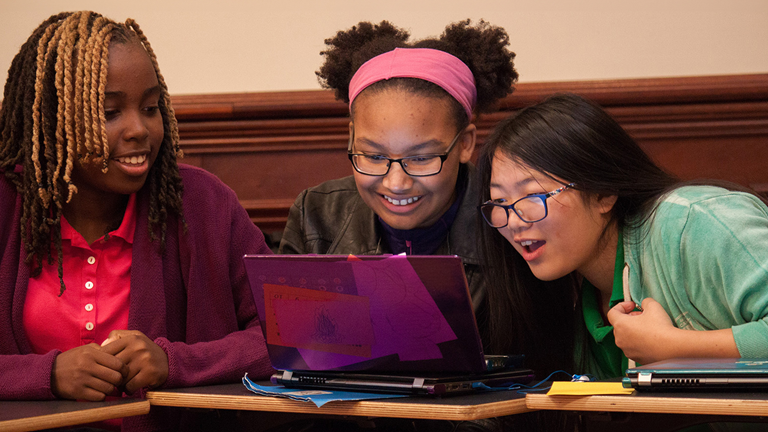
In-person and virtual performances, along with supporting educational content to help guide learning.
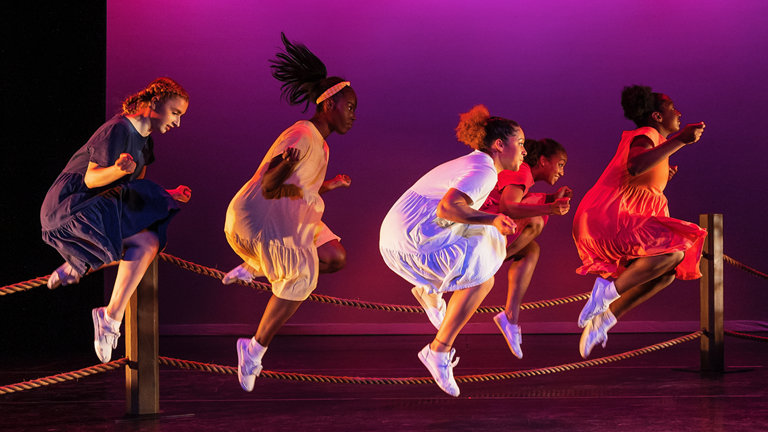
Current approaches to arts integration in the classroom, inclusion, rigor, and adopting an arts integration approach at the school and district level.
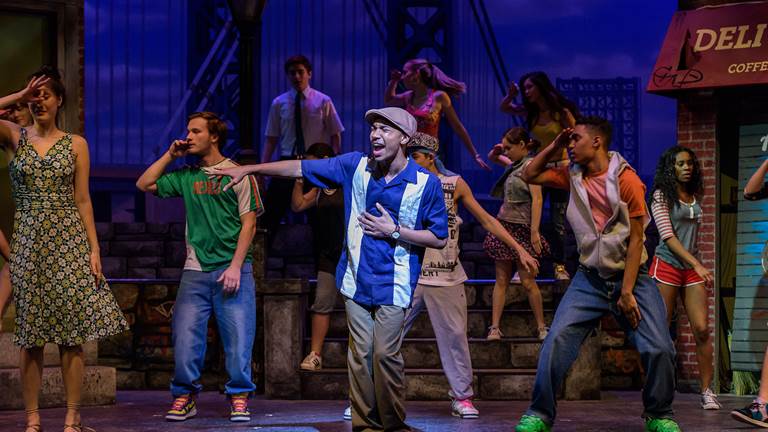
An asynchronous online course that invites educators and administrators to think about our students’ disabilities as social and cultural identities that enrich our classrooms and communities.
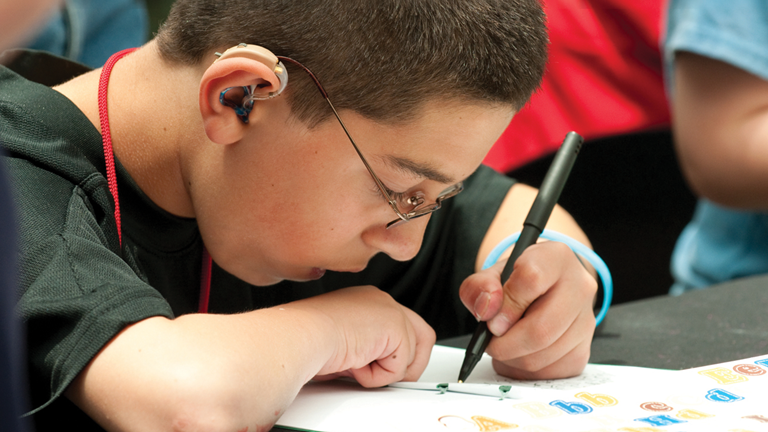
Generous support for educational programs at the Kennedy Center is provided by the U.S. Department of Education.
Gifts and grants to educational programs at the Kennedy Center are provided by A. James & Alice B. Clark Foundation; Annenberg Foundation; the Andrew W. Mellon Foundation; Bank of America; Bender Foundation, Inc.; Carter and Melissa Cafritz Trust; Carnegie Corporation of New York; DC Commission on the Arts and Humanities; Estée Lauder; Flocabulary; Harman Family Foundation; The Hearst Foundations; the Herb Alpert Foundation; the Howard and Geraldine Polinger Family Foundation; William R. Kenan, Jr. Charitable Trust; the Kimsey Endowment; The King-White Family Foundation and Dr. J. Douglas White; Laird Norton Family Foundation; Lois and Richard England Family Foundation; Dr. Gary Mather and Ms. Christina Co Mather; Dr. Gerald and Paula McNichols Foundation; The Morningstar Foundation; The Morris and Gwendolyn Cafritz Foundation;
Music Theatre International; Myra and Leura Younker Endowment Fund; the National Endowment for the Arts; Newman’s Own Foundation; Nordstrom; Park Foundation, Inc.; Paul M. Angell Family Foundation; Prince Charitable Trusts; Soundtrap; The Harold and Mimi Steinberg Charitable Trust; Rosemary Kennedy Education Fund; The Embassy of the United Arab Emirates; The Victory Foundation; The Volgenau Foundation; and Volkswagen Group of America. Additional support is provided by the National Committee for the Performing Arts.
The content of these programs may have been developed under a grant from the U.S. Department of Education but does not necessarily represent the policy of the U.S. Department of Education. You should not assume endorsement by the federal government.